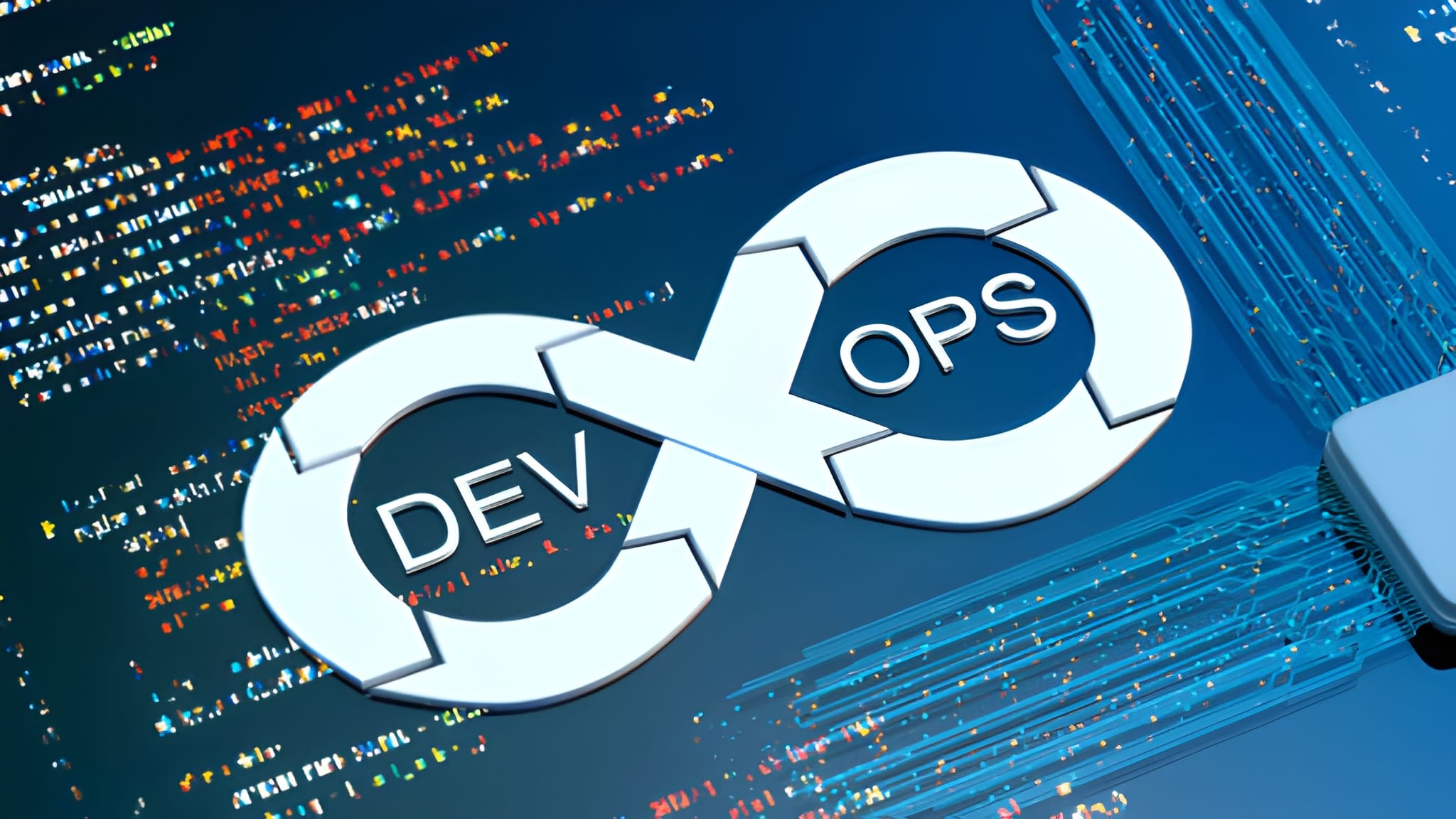In today’s digital age, college ERP systems are essential for streamlining operations and enhancing efficiency within educational institutions. These systems integrate various functions, such as admissions, enrollment, finance, and human resources, into a unified solution that simplifies processes for both administrators and students. Understanding the college erp development cost is crucial for institutions when budgeting for such a significant investment. Accurate knowledge of costs involved aids in making informed financial decisions, ensuring that the institution can allocate resources effectively while gaining maximum benefit from the ERP system.
Understanding College ERP Development Cost
What is College ERP Development Cost?
The college erp development cost refers to the total expenses associated with developing and implementing an ERP system tailored for educational institutions. This cost encompasses several components, including software licensing, customization, implementation, training, and ongoing support. Institutions must budget for these elements to ensure a smooth transition and continuous operation of the ERP system.
Budgeting for ERP systems is especially critical for colleges and universities, as it allows for financial planning and resource allocation that is aligned with the institution’s strategic goals. Furthermore, understanding the nuances of college erp development cost can help institutions avoid unexpected expenses down the line, paving the way for a more successful implementation.
Factors Influencing College ERP Development Cost
Several factors significantly impact the college erp development cost. Customization plays a vital role; more tailored systems often come with higher costs due to the complexity involved. Specific features that a college may need—such as student portals, financial management systems, and academic reporting tools—also affect development costs.
Additionally, scalability is another crucial factor; an ERP system that can grow with the institution may initially cost more but can save money in the long run by avoiding the need for frequent upgrades or replacements. The reputation of the College ERP development company chosen for the project can also influence costs, as more established companies with a proven track record may charge a premium for their services.
Education ERP Pricing Models
Common Pricing Models in Education ERP
When it comes to education erp pricing, several pricing models are available to educational institutions. These include subscription-based models, where schools pay a recurring fee typically on a monthly or annual basis. One-time payment models require a large upfront investment but often provide lower long-term costs. Finally, tiered pricing structures allow institutions to choose from various packages based on their specific needs and budget constraints.
Each model has its own benefits and challenges, and the choice will depend on the institution’s budget, requirements, and long-term strategy. Understanding these different models can greatly assist institutions in making more informed decisions regarding education ERP pricing.
Pros and Cons of Each Education ERP Pricing Model
Each pricing model in education erp pricing has its own set of advantages and disadvantages. For instance, the subscription model provides flexibility and lower upfront costs, making it easier for schools to manage cash flow. However, over time, these costs can add up, possibly leading to higher long-term expenses.
On the other hand, one-time payment models might seem cost-effective initially but can lead to significant expenditures in maintenance and upgrades over time. Tiered pricing may offer the best of both worlds, providing tailored features for a range of budgets, yet could create confusion if institutions are unsure which tier best fits their needs. Thus, colleges must weigh the pros and cons carefully to determine which education ERP pricing model aligns with their goals.
Campus Software Budget Considerations
Key Components of a Campus Software Budget
When creating a campus software budget, it is essential to consider all parts of the college erp development cost. Key components include initial licensing fees, ongoing maintenance, training for staff and faculty, and additional costs for future upgrades. Institutions should also factor in costs for data migration and integration with existing systems, as these can often be overlooked but significantly impact the overall budget.
Planning for these expenses is critical in developing a comprehensive and effective campus software budget. Institutions should also consider the potential need for future scaling, which could require additional funds not accounted for in initial budgeting efforts.
How to Optimize Your Campus Software Budget
To minimize expenses without compromising the quality of the ERP system, institutions can adopt several strategies. First, conducting thorough market research to compare different college ERP development companies can yield better pricing options and features that better fit budgetary constraints.
Second, engaging in strategic negotiations with vendors regarding service packages can lead to more favorable terms. Utilizing cost-effective training solutions, such as online modules, can also help to keep expenses manageable while still ensuring that staff are well-equipped to utilize the ERP system effectively.
ERP App Charges and Operational Costs
What to Include in ERP App Charges
Understanding erp app charges is vital when planning the budget for a college ERP system. These charges can include initial setup fees, licensing costs, and ongoing fees for updates and maintenance. Additionally, institutions should consider costs associated with technical support and training, as these are often recurring expenses that can contribute significantly to the overall college erp development cost.
It’s essential to break down these charges clearly in the budget to avoid any surprises during implementation or later stages of the ERP lifecycle.
Understanding the Long-Term Operational Costs
Long-term operational costs are another critical aspect that educational institutions must consider when evaluating college erp development cost. These costs typically include maintenance expenses, which can represent a significant portion of the total cost over time. Furthermore, colleges should plan for potential upgrades and changes in technology, which can require additional investment in both software and training.
Institutions must also prepare for the costs of integrating the ERP system with existing platforms or new systems in the future. A comprehensive understanding of these long-term operational costs will help colleges achieve better financial planning and resource allocation.
Hiring the Right Expert: College ERP Development Company
Why Choose a College ERP Development Company?
Selecting a specialized College ERP development company is crucial for ensuring the successful implementation and functionality of a college ERP system. Companies that focus on educational institutions often create customized solutions that consider the unique needs and challenges faced by colleges. These experts typically have experience with various systems and can offer support and advice throughout the implementation process.
Though hiring a specialized company might involve higher upfront costs, the investment can lead to a more effective and efficient ERP system that can benefit the institution for years to come.
How to Hire College ERP Developer Wisely
When looking to hire college erp developer, institutions should consider several essential factors. First, assessing a developer’s previous experience with similar projects can be indicative of their capability. Institutions should also review testimonials or case studies provided by the developer to gauge their track record.
Additionally, understanding the expected costs during the hiring process is key; institutions should outline their budget constraints and negotiate terms accordingly. Establishing clear expectations and communication channels will facilitate a successful partnership between the college and the developer.
Conclusion
In summary, understanding the college erp development cost and its various components is crucial for educational institutions seeking to invest in ERP systems. By considering the factors influencing costs, evaluating education ERP pricing models, and understanding ongoing expenses and budget considerations, colleges can make informed decisions that align with their needs and strategic goals. Partnering with a College ERP development company is also essential, ensuring access to the right expertise for a successful implementation process. For reliable ERP solutions, consider “Wildnet Edge,” a trusted, AI-first company specializing in tailored ERP services for educational institutions.
FAQs
Various factors such as features, integration needs, and vendor reputation influence college erp development cost.
Comparing vendors and requesting quotes can help you find accurate education erp pricing.
Key components to consider for a comprehensive campus software budget include initial licensing fees, ongoing maintenance costs, and training.
Typical erp app charges include setup fees, ongoing maintenance and licensing costs, and training expenses.
Steps for hiring a college ERP developer include assessing their experience, reviewing testimonials, and clarifying budget expectations.

Nitin Agarwal is a veteran in custom software development. He is fascinated by how software can turn ideas into real-world solutions. With extensive experience designing scalable and efficient systems, he focuses on creating software that delivers tangible results. Nitin enjoys exploring emerging technologies, taking on challenging projects, and mentoring teams to bring ideas to life. He believes that good software is not just about code; it’s about understanding problems and creating value for users. For him, great software combines thoughtful design, clever engineering, and a clear understanding of the problems it’s meant to solve.
 sales@wildnetedge.com
sales@wildnetedge.com +1 (212) 901 8616
+1 (212) 901 8616 +1 (437) 225-7733
+1 (437) 225-7733































